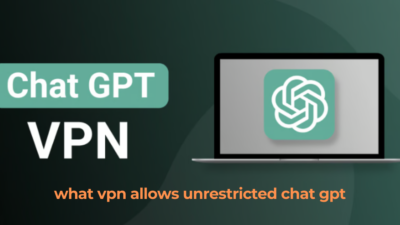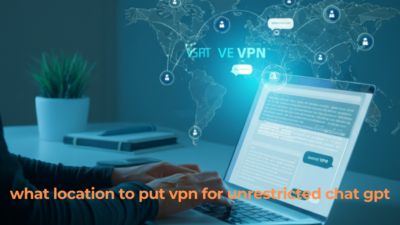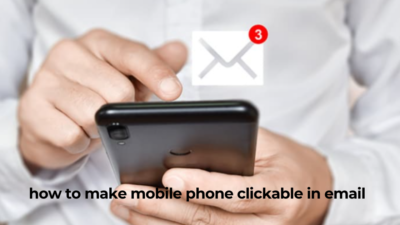If you’ve heard the term concierge model lean startup, you might wonder what it means and why so many entrepreneurs are adopting it. Simply put, the concierge model is a technique used by startups to test and validate new business ideas in a way that’s hands-on, focused, and deeply customer-centric.
But what does this look like in practice? And how can using this approach set the foundation for a successful, scalable business? This guide explores the ins and outs of the concierge model within the lean startup methodology, unpacking how this concept works and why it’s a powerful tool for entrepreneurs of all ages and experience levels.
Whether you’re just starting your business or looking for a way to test a new product idea, this blog will provide insights and actionable steps to get started.
What Is the concierge model lean startup?
The concierge model is a method where startups provide highly personalized support to a small group of customers as they’re launching a product or service. By focusing on direct customer interaction, the startup not only learns the needs and behaviors of its target audience but also identifies ways to improve the product before scaling.
The idea stems from the lean startup methodology, which prioritizes creating a “minimum viable product” (MVP) and iterating based on real customer feedback. The concierge model takes the MVP approach even further by emphasizing human interaction and learning. Rather than automating processes from the start, concierge startups do things manually, effectively walking each customer through the experience.
Why Is It Called “Concierge”?
Think of a concierge at a hotel—someone dedicated to fulfilling guest requests, offering tailored recommendations, and providing a deeply personalized experience. The concierge model works similarly, allowing startups to directly serve customers and address their individual needs. This provides valuable insights during the early stages when resources are limited, and uncertainty is high.
Example in Action
Take Zappos, for example. Before becoming a powerhouse of online shoe retail, founder Nick Swinmurn started by using the concierge model. Instead of building an inventory, he visited local shoe stores, bought shoes, and shipped them to customers who placed orders online. This allowed Zappos to test whether customers would actually buy shoes online—without investing in warehouses or technology initially.
key Benefits of the concierge model lean startup
If you’re an entrepreneur looking to maximize your resources while gaining authentic customer insights, the concierge model offers several advantages:
1. Deep Customer Insights
Engaging directly with your customers provides unmatched knowledge about their preferences, pain points, and decision-making processes. These insights go beyond basic survey data, helping you fine-tune your offering and tailor it to real-world needs.
2. Reduce Risk
Starting a business can feel like a high-stakes gamble, but the concierge model gives you a chance to test your concept before heavily investing in infrastructure or technology. You can identify weaknesses, reconsider assumptions, and pivot if necessary—all with minimal financial risk.
3. A Humanized Approach
While automation has its place, there’s value in personal, high-touch interactions during a product’s early stages. When startups provide hands-on services through the concierge model, they build trust and loyalty among their first group of customers.
4. Validate Your MVP
The concierge model is often used to validate a minimum viable product. It ensures you’re focusing on solving real customer problems, not just creating a product you think might sell.
How to Build a Business Using the Concierge Model
Now that we’ve outlined the concept and benefits, let’s break down how you can apply the concierge model to your startup. The success of this approach hinges on attention to detail, customer empathy, and adaptability.
1. Begin with a Hypothesis
Every startup idea begins with a problem and a solution. Define yours clearly. For example:
- Problem: Teenagers struggle with finding after-school tutoring that fits their schedules.
- Solution: A flexible, on-demand tutoring service tailored to individual subjects and times.
Use this hypothesis to guide your approach. Be specific—who are you helping, and what service will solve their problem?
2. Identify a Narrow Target Audience
Start small. Instead of launching to everyone, focus on a very specific group of customers. For example:
- Instead of offering tutoring for all ages, focus on one age group (e.g., high school juniors preparing for exams).
- Instead of geographically broad campaigns, target one neighborhood or community.
By focusing, you’ll refine your service before scaling to larger markets.
3. Provide Manual, Personalized Service
This is where the “concierge” part truly comes to life. Deliver your product or service manually, engaging with customers one-on-one. For example:
- If building a meal-delivery service, personally select the ingredients and deliver meals directly to homes.
- If testing an app for personal finances, organize individual sessions with customers to show them how the idea works.
While this may seem labor-intensive, every personal interaction offers invaluable feedback and learnings.
4. Collect Feedback at Every Step
Set up regular touchpoints with your customers to find out:
- What they liked about the experience
- What frustrated them
- What they’d change or add
Remember, even constructive criticism is a gift. These insights will help refine your idea for future iterations, eventually enabling you to deliver the same quality through automated processes.
5. Document Your Learnings
Tracking every interaction whether positive or negative creates a roadmap for your business. Use tools like surveys, interaction logs, or even spreadsheets to record:
- Common customer complaints
- Key features that delighted your audience
- Patterns in behavior
This data acts as a blueprint for scaling your product efficiently.
6. Refine and Scale
Once manual interactions show consistent success, move on to automating key processes. For example, if your concierge-based tutoring platform sees demand for instant scheduling, invest in automation tools for booking. The goal of the concierge model isn’t to stay in manual mode forever it’s to use those learnings to build scalable, convenient infrastructure.
Also Check:”How Technology has Changed Our Lives“
FAQs
1. Can the concierge model work for all types of businesses?
While suited best to service-based startups, the concierge model can work for many niches including retail, SaaS, and education. The key is engaging directly with customers to learn what works.
2. How do I know when to move to the next stage?
When you notice patterns or consistency in what customers enjoy or when demand becomes too overwhelming to manage manually. It’s time to begin automating and expanding.
3. What’s the main risk with the concierge model?
The biggest risk is not transitioning at the right time. Staying in the manual phase too long can be resource-heavy, while scaling too soon might compromise service quality. Timing is everything.




